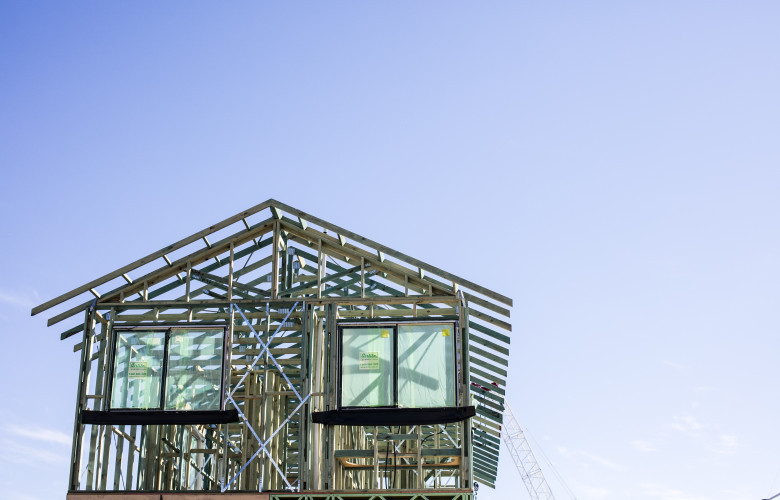Super cycle continues after Omicron lull - HIA
Contact
Super cycle continues after Omicron lull - HIA
“Building approvals increased by 43.5 per cent in February following a poor result in the previous month,” stated HIA Economist Tom Devitt.
“Building approvals increased by 43.5 per cent in February following a poor result in the previous month,” stated HIA Economist Tom Devitt.
The Australian Bureau of Statistics today released its monthly building approvals data for February for detached houses and multi-units covering all states and territories.
“As expected, detached building approvals increased by 15.6 per cent and multi-units by 104.8 per cent,” added Mr Devitt.
“Approvals were held back in January by the Omicron outbreak and a higher than usual uptake of holiday leave. The absence of Council workers, private certifiers and building business staff weighed on the ability to process approvals.
“February’s data illustrates that the approvals for detached homes remain above pre-pandemic levels.
“Approvals of multi-units in February represented the second strongest month since June 2018. Affordability issues, land constraints and a return to the city is seeing increased demand for units, townhouses and apartments.
“It is also an encouraging sign that apartment construction will return prior to the return of overseas migration.
“The value of renovations approved also remains elevated. The last 12 months has seen the value of renovations approved increase by 44.4 per cent on the year before the pandemic.
“This elevated level housing demand will keep builders busy this year and well into next year, limited by the availability of land, labour and materials,” concluded Mr Devitt.
In seasonally adjusted terms, total residential building approvals decreased in the last three months compared to the previous quarter in Western Australia (-20.8 per cent), Queensland (-9.4 per cent), South Australia (-3.6 per cent), and New South Wales (-0.1 per cent), while increasing in Victoria (+1.0 per cent). In original terms, approvals increased in the Northern Territory (+18.7 per cent) and the Australian Capital Territory (+8.1 per cent) and decreased in Tasmania (-3.7 per cent).






